Kona, Hawaii, isn’t just a tropical getaway—it’s a place that pulls you in with its raw volcanic beauty, rich cultural heritage, and laid-back island soul. If you’re wondering what things to do in Kona, Hawaii, you’re not alone. Thousands of travelers each year are drawn to this slice of the Big Island, and for good reason. From black-sand beaches and ancient lava flows to world-renowned coffee farms and manta ray dives, Kona offers an experience that’s as diverse as it is unforgettable. Whether you’re here for adventure, culture, relaxation—or all three—you’ve landed in the right place.
1. Snorkel at Kealakekua Bay (Captain Cook Monument)
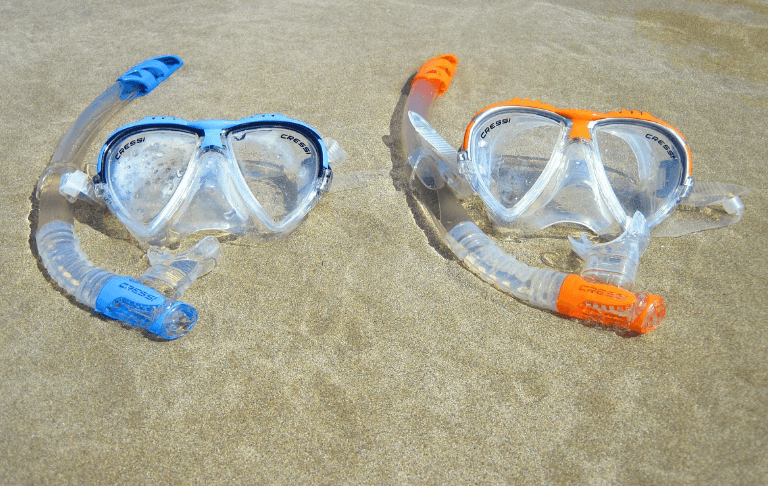
What It Is
A pristine marine sanctuary where crystal-clear water and colorful reefs surround the historic Captain Cook Monument — accessible only by boat or a rewarding 3-mile hike through wild terrain. The underwater life here is abundant, from yellow tangs to spinner dolphins, and the bay’s geological layout creates calm, warm conditions ideal for beginners and experienced snorkelers alike. Snorkel at Kealakekua Bay is mostly an amazing experience for visitors.
Why It’s Unique in Kona
Kealakekua Bay is home to a marine life conservation area, offering some of the best underwater visibility and coral diversity in Hawaii. The combination of natural beauty and rich history — it’s the site where Captain Cook first landed and later died — makes it a one-of-a-kind cultural and aquatic experience.
Insider Tips
- Best operators: Choose small-group boat tours departing from Keauhou Harbor or kayak with a guided trip.
- Cost: Boat tours run around $100–$140 per person.
- Time & Season: Mornings (8–11 AM) offer calm conditions; daylight hours June–September are ideal.
- Book advance to secure space — especially in peak spring and fall.
Local Perspective
Many local guides emphasize that the bay is both a cultural and ecological treasure, urging travelers to practice Leave No Trace principles and avoid stepping on coral or leaving trash behind.
Travel Tips
- What to bring: Reef-safe sunscreen, a rashguard, water shoes.
- Seasickness tip: If you’re prone, take medication an hour before you go — boat waters can get choppy returning.
- Booking: Reserve at least 1 week in advance during peak season.
2. Tour a Kona Coffee Farm
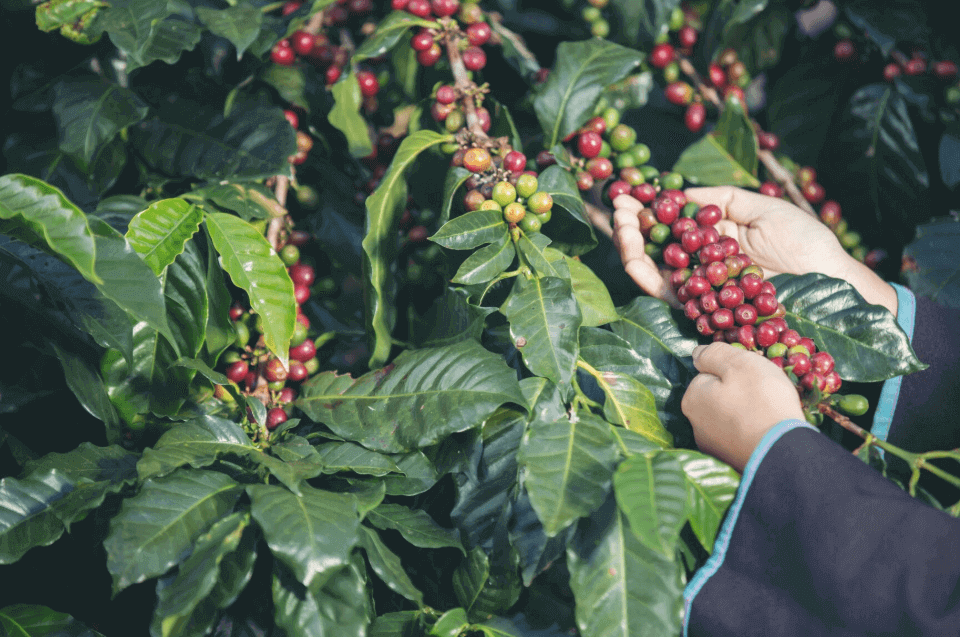
What It Is
A guided visit to a working Kona coffee plantation, where visitors see coffee blossoms, pick beans, watch processing, and sample freshly roasted coffee — all while learning about Big Island’s unique terroir.
Why It’s Unique in Kona
True Kona coffee, grown on sunny, volcanic slopes near sea level, delivers a smooth, aromatic flavor that can’t be replicated elsewhere. Touring gives you an insider look into the seasonal nuances and the meticulous hand-picking tradition.
Insider Tips
- Best farms: Small, family-run farms that offer free or low-cost tastings and detailed tours.
- Cost: Typically free to $25, depending on the experience and duration (30–60 minutes).
- Seasonality: Harvest runs August through December — tours are most vibrant then.
Local Perspective
Many farm owners emphasize sustainability and heritage farming. One Kona farmer shared, “We honor hands-on tradition: every cherry is picked by hand and sorted — that’s why our flavor stands out.”
Travel Tips
- What to wear: Comfortable shoes, a light jacket (morning dew can be cool).
- Photo gear: A smartphone is fine for photos — but if you buy beans, they last better if stored in an airtight bag after your trip.
- Bonus tip: Buy directly from the farm to support local growers — and receive a small guided unpacking of roast notes in person.
3. Night Snorkel or Dive with Manta Rays
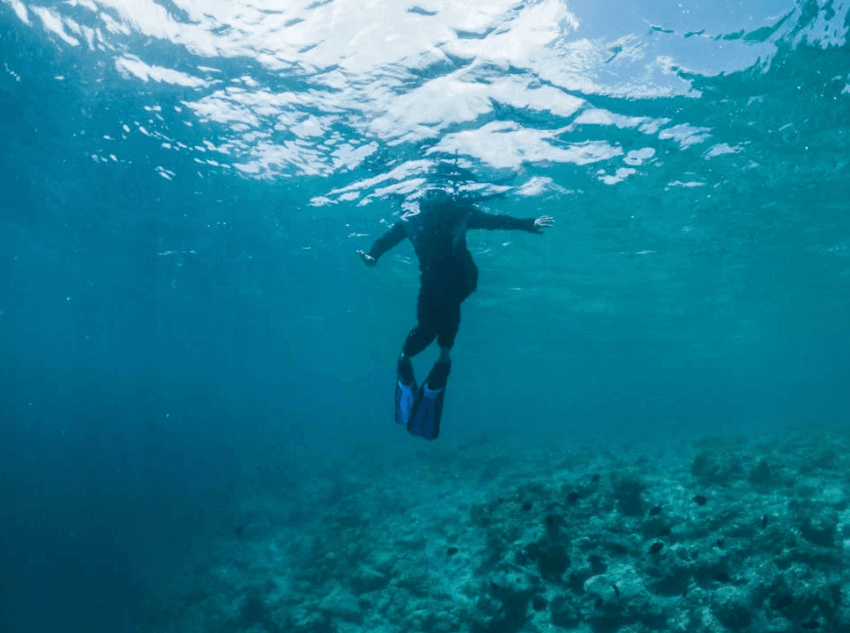
What It Is
A mesmerizing twilight experience where underwater lights attract plankton, drawing giant manta rays that glide inches above snorkelers or divers — all under the stars off Kona’s coast.
Why It’s Unique in Kona
Kona offers one of the few consistent manta ray night encounters in the world — calm, clear water, and rays up to 16 feet wide performing graceful feeding spirals. It’s a wildlife experience that feels almost surreal.
Insider Tips
- Top operators: Go with highly rated small-boat outfits operating nightly.
- Cost: $130–$160 per person for a 2–3 hour outing.
- Timing: Tours generally run from 7:30 PM to 10 PM; summer offers warmer water.
- Booking note: Reserve at least 3–5 days in advance, especially during high season.
Local Perspective
Local guides often say: “Guests gasp when a manta glides within a few feet — it’s powerful but peaceful.” Many consider this one of Kona’s most unforgettable attractions.
Travel Tips
- What to wear: Use the wetsuit provided; bring a towel and water-resistant shoes.
- Photo gear: A GoPro with low-light setting works best.
- Seasickness advice: If needed, take non-drowsy motion-sickness medication beforehand.
- Bonus tip: Some boats offer floating platforms for non-swimmers — still excellent for viewing.
4. Walk Through Puʻuhonua o Hōnaunau National Historical Park
What It Is
This sacred refuge — once a place of absolution for ancient Hawaiians breaking kapu (laws) — now stands as a beautifully maintained National Historical Park, complete with reconstructed temples, coastal walks, cultural exhibits, and a tranquil southern coastline.
Why It’s Unique in Kona
It’s one of the best-preserved cultural heritage sites in Hawaii, offering a peaceful, immersive experience into native Polynesian law and sanctuary traditions. The combination of history, coastline views, and lush landscape is unique to this park.
Insider Tips
- Park hours: 8 AM–4 PM daily; free entry with an annual America the Beautiful Pass.
- Guided tours: If available, join a park ranger or local kumu (cultural educator) for deeper insight.
- Seasonality: Great year-round — but summer offers milder afternoons and fewer visitors.
Local Perspective
Local kūpuna (elders) emphasize the park’s spiritual value: walking the sacred grounds evokes respect for ancient Hawaiian governance and ties to land.
Travel Tips
Bonus tip: Pack a picnic to enjoy under the shady kiawe trees by the ocean.
What to wear: Light, respectful attire; use reef-safe sunscreen.
Photo gear: No drones allowed — stick to ground-level photography.
5. Stroll Historic Kailua Village (Downtown Kona)
What It Is
A charming seaside town center filled with boutique shops, art galleries, cafés, and historic buildings — all set along Ali‘i Drive with ocean views and sunset strolls.
Why It’s Unique in Kona
Only in Kona can you combine Hawaiian charm, local artisanship, and oceanfront ambiance in such a walkable downtown environment.
Insider Tips
- Best times to visit: Late afternoon through early evening — cooler air and golden light.
- Cost: Free to walk; expect to spend $20–$60 per person if dining or shopping.
Local Perspective
Shop owners often highlight the importance of supporting local crafts: hand-carved koa wood, locally inspired jewelry, and small-batch coffee items.
Travel Tips
- What to wear: Comfortable walking shoes.
- Photo gear: Morning light is perfect for capturing ocean and mountain backdrops.
- Bonus tip: Stop at a waterfront café for a Kona cold brew — local and refreshing.
6. Visit Hulihe‘e Palace
What It Is
A beautifully restored former royal vacation home in Kailua Village, now a museum displaying Victorian-era furnishings and royal Hawaiian artifacts.
Why It’s Unique in Kona
As one of only two royal Hawaiian courts preserved on the islands, this palace connects you to Kona’s royal past and early American missionary influence.
Insider Tips
- Admission: About $10–$15 per person.
- Guided tours: Often led by knowledgeable local historians.
- Best time to visit: Mornings for cooler weather and fewer crowds.
Local Perspective
A Kona cultural guide shared, “It’s the place where Hawai‘i’s royalty relaxed by the sea – an elegant, peaceful peek into historical royal life.”
Travel Tips
- What to wear: Light, modest clothing.
- Photo gear: Interiors are well-lit — an entry-level camera or smartphone works fine.
- Bonus tip: Combine with a walk along Kailua Pier for best convenience.
7. Take a Helicopter Tour over Volcanoes and Valleys
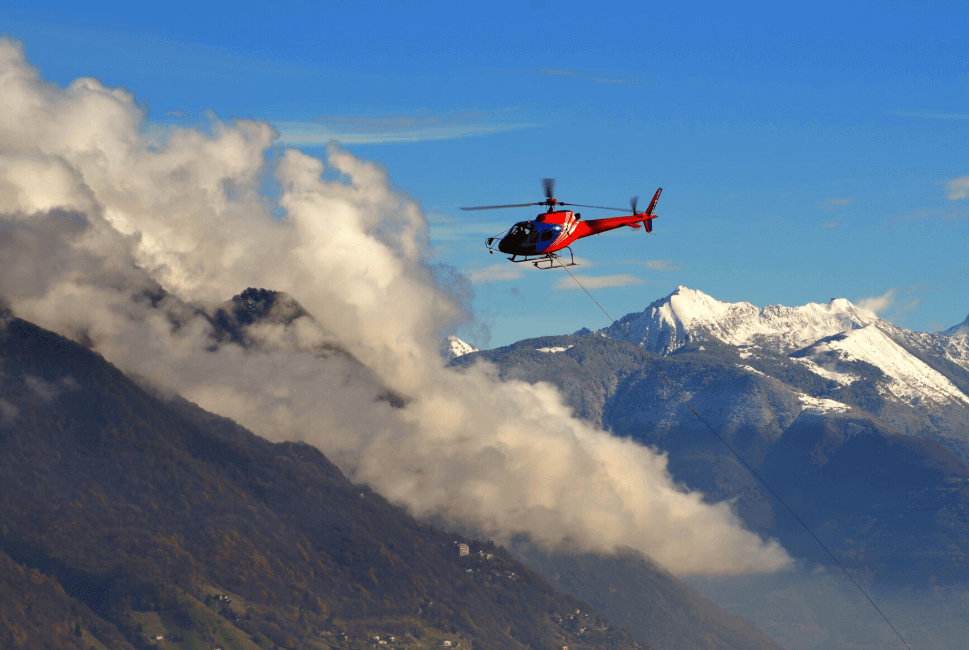
What It Is
An exhilarating aerial journey over volcanic landscapes, verdant valleys, waterfalls, and the lava fields of Hawaiʻi Volcanoes National Park — often departing from Kona airport.
Why It’s Unique in Kona
These tours offer dramatic aerial views you simply can’t get from land, with volcanic calderas, hidden waterfalls, and lush terrain all in one flight.
Insider Tips
- Top operators: Small-group tours in EcoStar helicopters with experienced pilots.
- Cost: Approx. $250–$450 per person, depending on flight length (45–60 minutes).
- Timing: Morning flights usually offer clearer skies and better light.
Local Perspective
Pilots explain: “The view from above reveals underlying geology you’d completely miss on the ground.”
Travel Tips
- What to wear: Comfortable layers — it cools quickly at altitude.
- Photo gear: Strap your camera securely; wide-angle lens works best.
- Bonus tip: Pick a flight that crosses both east and west sides for varied scenery.
8. Relax at Magic Sands Beach (Laʻaloa)
What It Is
A scenic public beach known for its soft white sand, turquoise surf, and vibrant seasonal waves — just south of downtown Kona.
Why It’s Unique in Kona
Named “Magic Sands” because the beach sometimes disappears after strong storms, then reappears as the sand shifts. It’s perfect for swimmers, boogie boarders, and sunbathers.
Insider Tips
- Facilities: Life guards, restrooms, picnic areas.
- Conditions: Best calm in summer; winter surf is stronger — fun for boarders.
Local Perspective
Locals treat Magic Sands as their go-to spot for quick beach outings — day or evening dips, without leaving Kona’s urban area.
Travel Tips
- What to wear: Beachwear, reef-safe sunscreen.
- Photo gear: Captures great surf action at golden hour.
- Bonus tip: Visit just before sunset to join locals and enjoy post-sunset beach yoga or grill.
9. Explore Kaloko‑Honokōhau National Historical Park
What It Is
A coastal park preserving ancient fishponds, petroglyphs, and sacred sites — offering scenic trails, shoreline habitat, and glimpses into traditional land- and sea-use systems.
Why It’s Unique in Kona
It blends cultural heritage with wildlife habitat, including tide pools, anchialine ponds, and interpretive signs that tell the story of native Hawaiian aquaculture.
Insider Tips
- Park hours: Dawn to dusk.
- Trail lengths: Easy loop trails from 0.5 to 3 miles.
- Fee: Free entry — donations encouraged.
Local Perspective
Elders involved in the park’s preservation stress that “this is where ancestors fed their families from pond to reef — and that lineage remains alive.”
Travel Tips
- What to wear: Hiking sandals or sneakers.
- Photo gear: Macro setting helpful for tide pool textures.
- Bonus tip: Pack binoculars for spotting sea turtles and moorhens.
10. Take a Sunset Cruise or Whale-Watching Tour
What It Is
A late-afternoon boat trip along Kona’s coast, offering stunning Pacific sunsets and—during winter—humpback whale sightings (December through April).
Why It’s Unique in Kona
Few places combine calm coastal waters with consistent whale migration and romantic sunset views in one outing.
Insider Tips
- Operators: Choose smaller boats with naturalist commentary.
- Cost: Ranges from $60–$90 for 1.5 hours. Whale-watching trips often $80–$120.
- Seasonality: Winter months are prime whale season.
Local Perspective
One guide explains: “When a whale breaches at sunset — that moment defines Kona’s magic.” It’s a shared experience that blends nature and tranquility.
Travel Tips
- What to wear: Light layers; evenings can cool quickly.
- Photo gear: Long-zoom lens and high frame rate are ideal to capture whale flukes and sprays.
- Bonus tip: Book early-season tours (Dec/Jan) for fewer crowds and clearer waters.
11. Enjoy a Traditional Hawaiian Luau
What It Is
An evening feast featuring Hawaiian music, dance (hula), imu roasting, storytelling, and local food like kalua pig, poi, and fresh fish.
Why It’s Unique in Kona
Luaus here are often hosted by families or resort teams with authentic cultural ties to Hawai‘i — not just staged entertainment — offering deeper meaning and storytelling.
Insider Tips
- Best luau experiences: Smaller-scale, locally run luaus focus on cultural authenticity.
- Cost: Usually $100–$180 per person, including dinner and show.
- Timing: Most begin around 5:30–6:00 PM, ending around 8–9 PM.
Local Perspective
Hosts frequently remind guests: “We teach aloha — respect for land, people, and stories passed down through generations.”
Travel Tips
- What to wear: Semi-casual — tropical shirts or sundresses.
- Photo gear: Use a camera with decent low-light performance.
- Bonus tip: Arrive early to sample pre-show lei-making or hands-on crafts
12. Hike the Makaʻeʻo Walking Path at Old Kona Airport State Recreation Area
What It Is
A peaceful coastal trail that begins at the former runway of Kona’s old airport and winds past salt ponds, shoreline, and mauka views (toward the mountains).
Why It’s Unique in Kona
Combining coastal serenity with community history, this path offers a flat, easy hike with diverse scenery—all just minutes from downtown Kona.
Insider Tips
- Trail length: About 2 miles round-trip.
- Cost: Free entry; parking available at the state park.
- Best time: Early morning or evening to avoid midday heat.
Local Perspective
Frequented by locals for jogging, walking dogs, and peaceful ocean-side reflection—this path is a hidden favorite.
Travel Tips
- What to wear: Breathable activewear and sunscreen.
- Photo gear: Great for wide-angle coastal shots.
- Bonus tip: Pack binoculars to watch birds in the coastal wetlands.
13. Visit the Original Big Island Shave Ice Co.
What It Is
A beloved Kona institution serving finely shaved ice topped with local tropical syrups, homemade tropical fruit purees, fresh fruit, and even mochi balls.
Why It’s Unique in Kona
Their signature approach—using real fruit syrups (e.g., lilikoi, mango, guava)—gives a fresh, locally inspired twist to a classic Hawaiian treat.
Insider Tips
- Prices: Around $5–$8 per serving.
- Best flavors: Seasonal fruits like mango and passionfruit shine in the summer.
Local Perspective
Locals say: “You know you’re doing it right when the shaved ice tastes like the fruit you bit into that morning.”
Travel Tips
- What to wear: Beach-comfy clothes — sometimes sticky.
- Photo gear: Good for bright close-up content on social media.
- Bonus tip: Ask for the “snow cap” topping—a creamy drizzle that melts in your mouth.
14. Visit the Ocean Rider Seahorse Farm
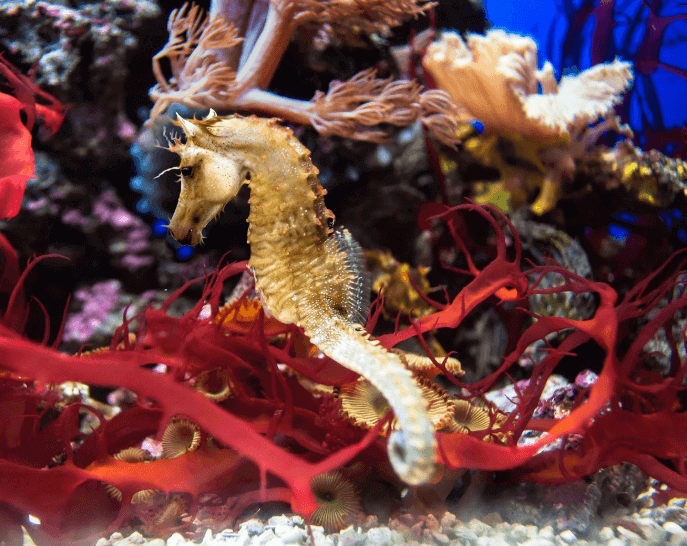
What It Is
A guided eco-tour at a working seahorse farm where visitors can learn about seahorse breeding, conservation, and tank care, and even handle young seahorses.
Why It’s Unique in Kona
Ocean Rider is the world’s largest seahorse farm, pioneering ex-situ breeding for conservation and offering one of Kona’s most educational animal encounters.
Insider Tips
- Tour cost: Around $25 for a 40–60 minute guided experience.
- Timing: Morning and mid-afternoon tours work best for active viewings.
Local Perspective
Staff emphasize that their work helps reduce wild capture of seahorses and promotes marine preservation through education.
Travel Tips
- What to wear: Comfortable casual clothing.
- Photo gear: No flash — low-light smartphone cameras work best.
- Bonus tip: Book early; tours are small-group and often fill up quickly.
15. Taste Local Flavors at the Kona Farmers Market
What It Is
A bustling open-air market in downtown Kona where local vendors sell fresh fruit, vegetables, herbs, coffee, baked goods, and crafts — every Wednesday through Sunday.
Why It’s Unique in Kona
It’s a lively marketplace of authentic, locally grown produce and handmade goods, connecting visitors directly to Kona growers and artisans.
Insider Tips
- Hours: 7 AM–4 PM weekdays, and 8 AM–4 PM weekends.
- Best buys: Tropical fruit (like lychee and passionfruit), honey, farm-roasted coffee, and koa wood crafts.
Local Perspective
Vendors often greet visitors with stories of their products and farms: “We grow our own berries, right here on the Big Island — and now you get to taste sunshine.”
Travel Tips
- What to wear: Shade hat and comfortable shoes.
- Photo gear: Colorful stalls are perfect for Instagram.
- Bonus tip: Bring cash—some vendors accept only local currency.
16. Go Deep‑Sea Fishing off the Kona Coast
What It Is
A sport fishing expedition into the rich blue-water pelagic zones of Kona, known for big-game fishing: marlin, ahi, mahi-mahi, and ono.
Why It’s Unique in Kona
Kona’s proximity to deep ocean trenches means that big fish are close to shore, allowing full-day charters to consistently haul in trophy-sized catches.
Insider Tips
- Average cost: $600–$1,200 for a full-day charter (shared or private).
- Best fish seasons: Marlin peak May–July; mahi-mahi is year-round.
Local Perspective
Charter captains say: “Half-day trips land smaller fish, but full-day offshore is where you’ll get stories and bragging rights.”
Travel Tips
- What to wear: Non-slip shoes, sun-protective clothing, and lip balm.
- Photo gear: Waterproof point-and-shoot cameras like GoPro.
- Bonus tip: Bring snacks and hydration; prefer early-morning departures when fish are most active.
17. Swim or Surf at Kahalu‘u Beach Park
What It Is
A popular south-Kona beach known for excellent beginner-friendly surfing, vibrant reef snorkeling, and a small café above the sand.
Why It’s Unique in Kona
Kahaluʻu is sheltered by reefs that calm the waves — making it ideal for first-time surfers and snorkelers wanting to meet sea turtles and reef fish in shallow water.
Insider Tips
- Rentals & lessons: Surfboard, bodyboard, and mask rentals plus lessons available onsite (typically $30–$50/hour).
- Park fees: $5 vehicle entrance fee; paid to the County of Hawai‘i.
Local Perspective
Surf instructors say: “The reef slows waves perfectly for beginners — and turtles cruise right by as you learn.”
Travel Tips
- What to wear: Rashguard, water shoes.
- Photo gear: Waterproof case for smartphone or camera.
- Bonus tip: Morning hours offer clearer water and better visibility.
18. Check Out the Greenwell Ethnobotanical Garden
What It Is
A five-acre historic garden showcasing native Hawaiian and Polynesian-use plants, fruit trees, medicinal herbs, and cacao — all grown with traditional methods.
Why It’s Unique in Kona
Greenwell Garden blends botany with cultural storytelling, offering guided tours that explain plants’ roles in healing, ceremony, and sustainability.
Insider Tips
- Hours: Daily from 9 AM to 4 PM; guided tours by reservation.
- Cost: $20 for guided, $10 for self-guided.
Local Perspective
Garden stewards emphasize that the landscape is not just botanical but spiritual: “These plants connect us to our ancestors and land.”
Travel Tips
- What to wear: Long pants and sturdy shoes.
- Photo gear: A camera with macro lens setting or phone for leaf and fruit details.
- Bonus tip: Sample local cacao or seasonal fruits when available.
19. Visit Mauna Kea Observatory or Stargazing Tour
What It Is
A nighttime tour to the summit area above 13,000 feet or an astronomy observatory site where guests view planetary rings, galaxies, nebulas, and stars through high-powered telescopes.
Why It’s Unique in Kona
Mauna Kea is one of the globe’s highest and darkest altitudes, offering unparalleled stargazing clarity and cosmic vistas visible nowhere else on Earth.
Insider Tips
- Tour options: Summit trip or lower-elevation observatory tours.
- Cost: Summit tours typically $200–$250; observatory tours $100–$150.
- Seasonality: Best on clear, moonless nights. Tours sold out quickly during peak summer.
Local Perspective
Many guides remind guests: “Standing under that sky, you feel how small we are — and how much beauty the universe holds.”
Travel Tips
- What to wear: Winter layers — even in Kona, it gets very cold at elevation.
- Photo gear: Use long-exposure settings; tripod essential.
- Bonus tip: Acclimate in Hilo or mid-level areas first to avoid altitude sickness.
20. Discover Lava Tubes and Caves Near Kona
What It Is
Exploration of subterranean lava tubes and caves formed by ancient volcanic flows, offering guided or self-guided walks into cooled lava passages and chambers.
Why It’s Unique in Kona
These natural tunnels provide an underground glimpse into the geothermal forces that created the islands — a geological experience unique to Hawai‘i.
Insider Tips
- Top spots: Small guided tours near Hōnaunau or close to lava flow zones.
- Cost: Usually $30–$50 for a guided tour; free entry via certain public access points.
Local Perspective
Local guides emphasize: “Walking inside a lava tube gives you a visceral sense of how the island formed.” It grounds visitors in both science and aloha for the land.
Travel Tips
Bonus tip: Go with a guide — tubes can be slippery and dark toward the back.
What to wear: Closed-toe shoes, light jacket, helmet if required.
Photo gear: Use a flashlight or headlamp, set long exposure for dramatic lighting.
Bonus Tips for Visiting Kona, Hawaii
- Rent a car: The Big Island is, well, big. A rental car is your best option for exploring beyond Kona town.
- Pack reef-safe sunscreen: Hawaii has banned chemical sunscreens harmful to coral reefs.
- Respect local culture and nature: Stay on trails, don’t touch wildlife, and learn about kapu (sacred) areas.
Frequently Asked Questions About Visiting Kona, Hawaii
What is Kona best known for?
Kona is best known for its world-renowned coffee, vibrant marine life, historic landmarks, and unique volcanic landscapes. It’s also famous for night snorkeling with manta rays, scenic coastal drives, and laid-back island vibes.
When is the best time to visit Kona?
The best time to visit Kona is from April to October, when the weather is sunny, dry, and perfect for outdoor activities like snorkeling, hiking, and beach-hopping. Winter months are great for whale watching but come with slightly more rainfall.
Do I need to rent a car in Kona?
Yes, renting a car is highly recommended in Kona. Many of the top attractions, beaches, and hikes are spread out along the coast or inland, and public transportation is limited. A car gives you the flexibility to explore at your own pace.
Are Kona beaches swimmable?
Absolutely. Kona is home to many swimmable beaches such as Magic Sands Beach, Kahaluʻu Beach Park, and Hapuna Beach (just north of Kona). However, always check local surf conditions and signs before entering the water.
How many days should I spend in Kona?
To truly enjoy Kona’s highlights — from coffee farms and snorkeling to cultural sites and scenic drives — 4 to 6 days is ideal. This allows time for both structured tours and spontaneous exploration.
Is Kona safe for tourists?
Kona is generally considered very safe for tourists. Like any travel destination, it’s wise to practice standard precautions: lock your rental car, avoid leaving valuables at the beach, and respect natural and cultural sites.
Can I visit Volcanoes National Park from Kona?
Yes, but it’s a long drive — about 2.5 to 3 hours each way. Many travelers do it as a day trip, but staying overnight near the park can give you more time to explore its craters, lava tubes, and hikes without rushing.
What’s the difference between Kona and Hilo?
Kona (west side) is dry, sunny, and beach-heavy — perfect for water sports and sunset views. Hilo (east side) is lush and rainy, with waterfalls, botanical gardens, and easier access to Volcanoes National Park.
Do I need reef-safe sunscreen in Kona?
Yes. Hawaii law bans sunscreens containing oxybenzone and octinoxate, as they harm coral reefs. Always pack or buy reef-safe sunscreen labeled “Hawaii compliant” to protect marine life.
Are manta ray tours ethical and safe?
Yes, reputable operators follow strict eco-tourism guidelines to protect manta rays and educate guests. It’s a non-contact experience, and participants float or dive passively while the rays swim freely. Choose operators who prioritize conservation.
Final Thoughts: Kona Has Something for Everyone
Whether you’re looking for adrenaline, serenity, history, or Hawaiian hospitality, Kona delivers.
Knowing what to do in Kona, Hawaii turns your trip from good to unforgettable. Each activity above adds depth to your adventure, allowing you to experience the island’s soul—not just its scenery. So go ahead—explore the lava fields, swim with manta rays, sip fresh Kona coffee, and fall in love with the Big Island’s west side.
You may also like:
2. Discover the Best Journey Charger for Your Travel Needs
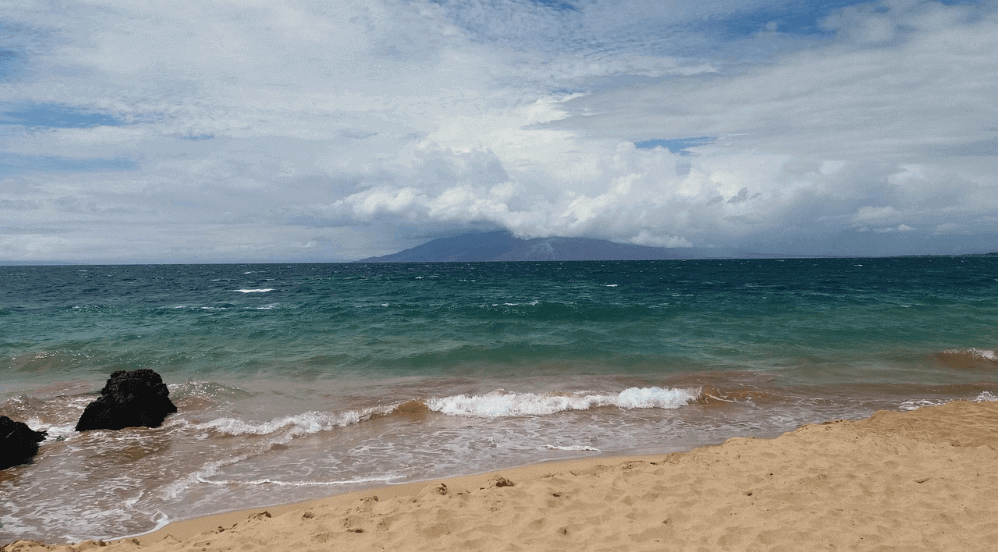
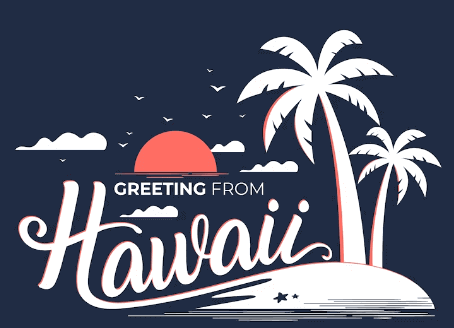
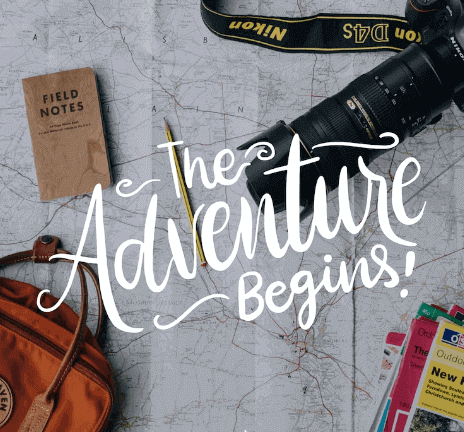
Pingback: Snorkel at Kealakekua Bay : Hawaii’s #1 Underwater Experience - Get Quick Answer